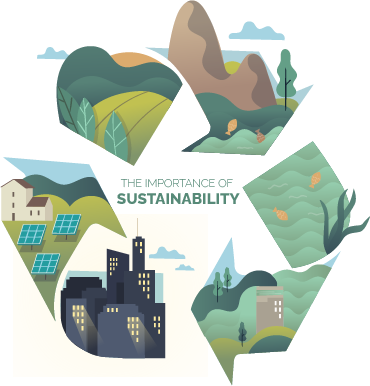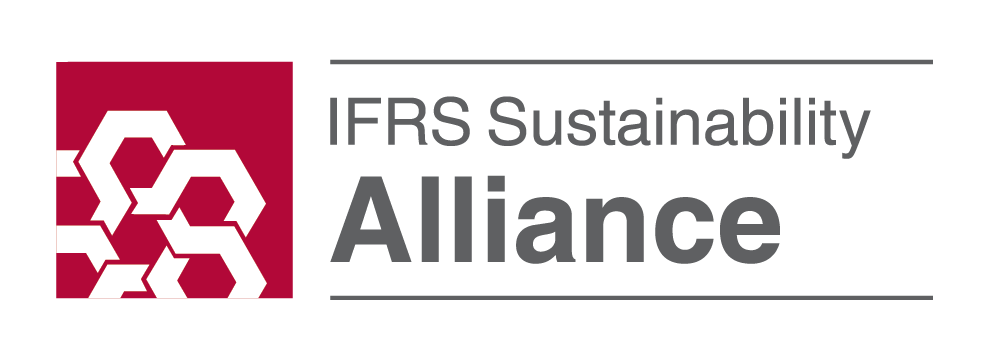By John C G LEE
In 1983, the Brundtland Commission was set up by the United Nations Assembly in recognitions of the heavy deteriorations of the human environment and natural resources, and the need to rally all nations to work and pursue sustainable development. “Our Common Future”, also known as the Brundtland Report was released in October 1987. This document coined and defined the meaning of “Sustainable Development”, which is “development that meets the needs of the present without compromising the ability of future generations to meet their own needs.”
Arising from this global concern for sustainable development is sustainability reporting (SR) and one of the pioneers in setting up an international framework for sustainability reporting is Global Reporting Initiatives (GRI). Founded in 1997, GRI is celebrating its 20th anniversary. It boast of having trained 30,100 participants through its GRI Certified training courses and having over 40,000 reports registered in its Disclosure Database.
Although SR is largely focused on the non-financial aspects of an organization, there exists enough empirical evidence to shows the benefits, both tangible and intangible, of implementing sustainability practice in “For-Profits” organizations. However, the reality is far from encouraging. For new entrants to SR and especially Small-Medium Enterprises (SME), in most cases having a sustainability reports is merely complying with some mandatory or contractual obligations. Being “resource-limited” or “short-termism” these organizations believes that sustainability practice are good for the long-term but such practices has negligible or no tangible contribution to their short to medium term. Hence, sustainability practitioners are often asked the question: “Show Me the Money?”

The challenge is thus to conduct sustainability practice in an organization to illustrate its tangible contributions, specifically the short and medium term, in another word going beyond compliance.
As practice in the GRI framework, the key concepts used are:
- Environmental, Social and Governance (ESG) factors,
- Stakeholders’ engagements
- Materiality (in simple term: those ESG factors that is significant to the respective stakeholders) and
- Monitoring/Reporting. (Which is necessary to validate any contributions?)
The prospect for such a project is a foreign-owned feed-miller operating in China and the key external stakeholder for this study is livestock farmers in China. Of the shortlist of material ESG factor arising from engaging it internal and external stakeholders, the top two being: feed safety and chronic labour shortage. Feed safety being an environmental and governance factors and chronic labour shortage being a social factor.
After much deliberations, the solution to bridge both material ESG factors was for the feedmill to deliver feeds in customized bulk trunk to selected farms, instead of in 50 kilogram PP bags, these farms would tend to be the larger farms with the financial clout or having economies of scale, to be equipped with on-farm bins to take delivery of the bulk feeds and bulk feeding system linked to each farm-house.
Started earlier this year, the initial result is both positive and encouraging for both parties. Benefits to the customer (Livestock farmers) are:
- The immediate impact is the alleviation of on-farm labour shortage which is much appreciated.
- Feed safety is enhanced as it is direct delivery from the
- And as on-farm feed storage is limited to a maximum of 10 days of consumption, with re- supply two or three days before zero stock, feeds are relatively “fresher” then past practice of a 2 to 3 weeks stock
- Stock-holding is accordingly reduced resulting in better working capital
- Beside labour shortage, rising labour costs has expedient the payback of such on-farm investment and depending on the sophistication of these on-farms equipment, it is estimated to be in the range of two to three
Benefits to the feedmill are:
- Operating cost per tonne of feed – Saving from non-usage of 20 PP bags per tonne of feeds but it is marginal, as the handling of feed has been automated, no further saving can be expected.
- As for the bulk trucks – for the first year, it is on contract with transport contractor, owning and operating a fleet will be considered at a later stage. The per unit transport cost will be marginally higher than bagged
- Feed safety is definitely enhanced with direct farm delivery and the risk of tampering or mouldy feeds due to poor storage are greatly
- Credit terms can be shortened which improved cash-flow and credit
- For farms that are unable or unwilling to investment but have the economies of scale, the client is prepared to install such on-farm systems, via an appropriate feed supply/purchase contracts. A competitive advantage for the client to ‘lock-in’ existing sales and increase market shares.
Apart from the above, working on the two top material factors of feed safety and labour shortage, my client has previously automated its manufacturing process, reducing labour needs and human errors from such risk as cross-contamination. The payback for such automations was forecasted to be 3 years. Into its second years, it looks payback will be completed 6 months ahead of forecast, given the higher sales volume. It has also afforded existing labour a higher wages and improved working environments.
Without a doubt, sustainability practices do bring about both short and long terms benefits.
Only with resolute leadership from the Board and senior executives can sustainability practices be embedded with an organization.





